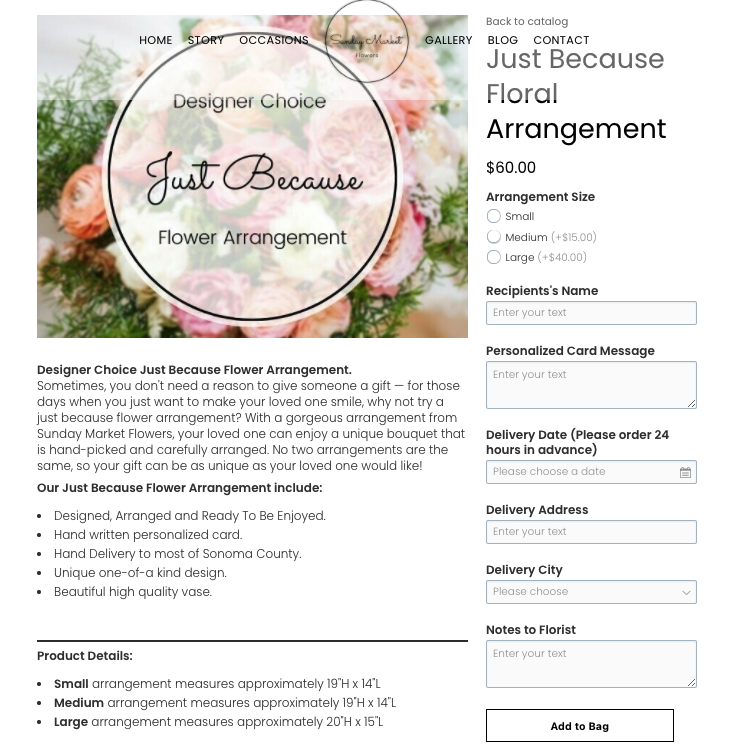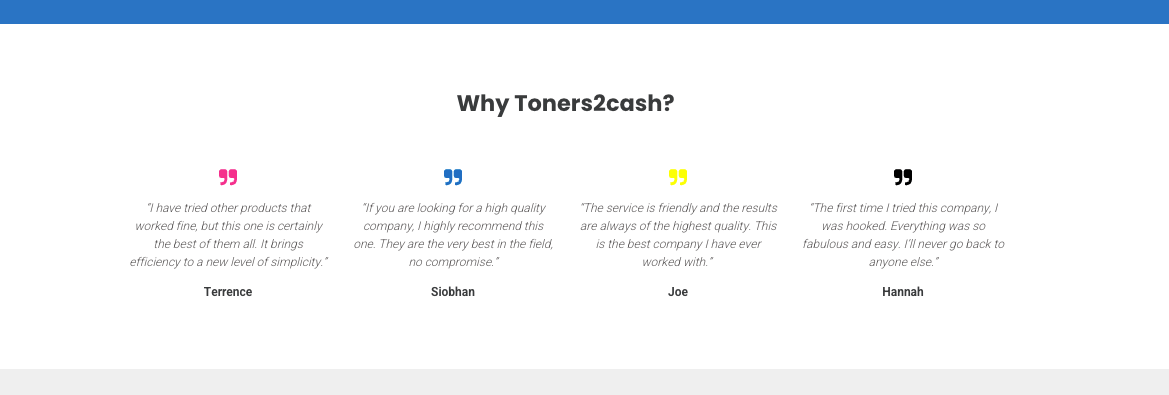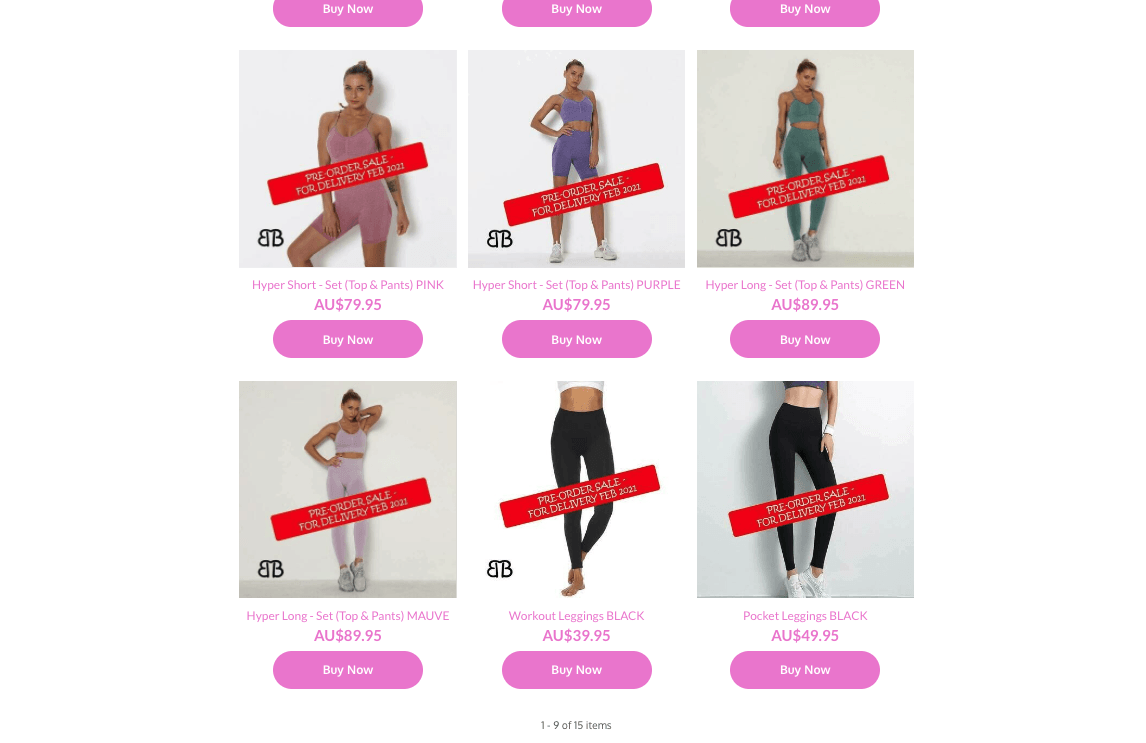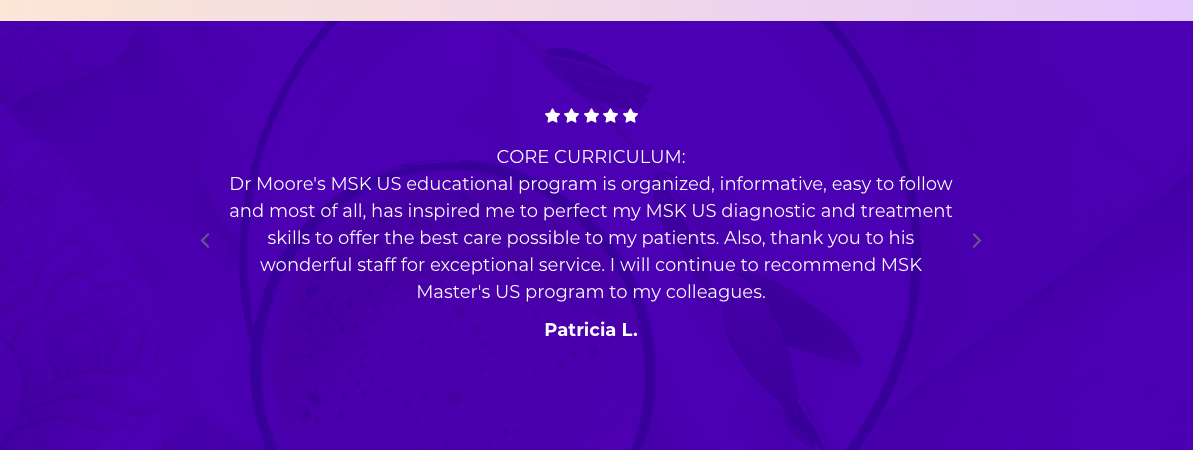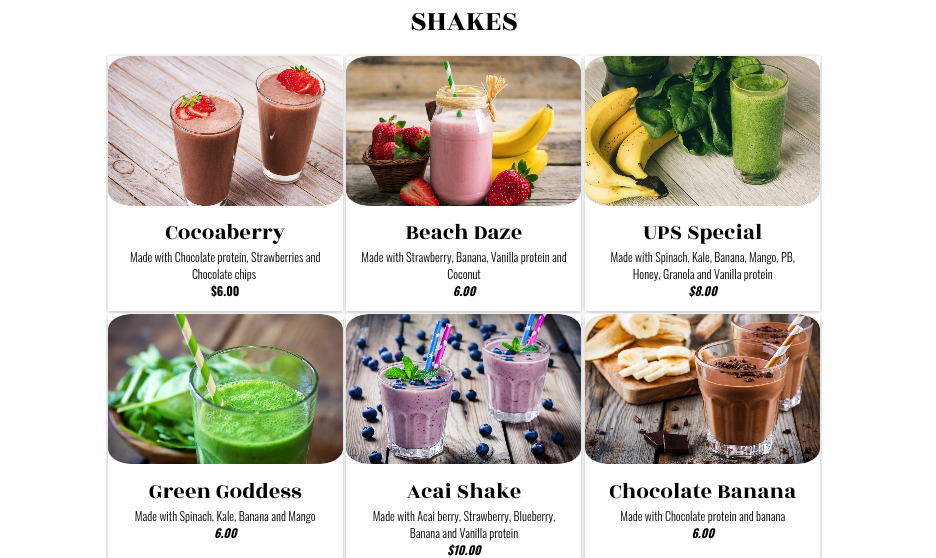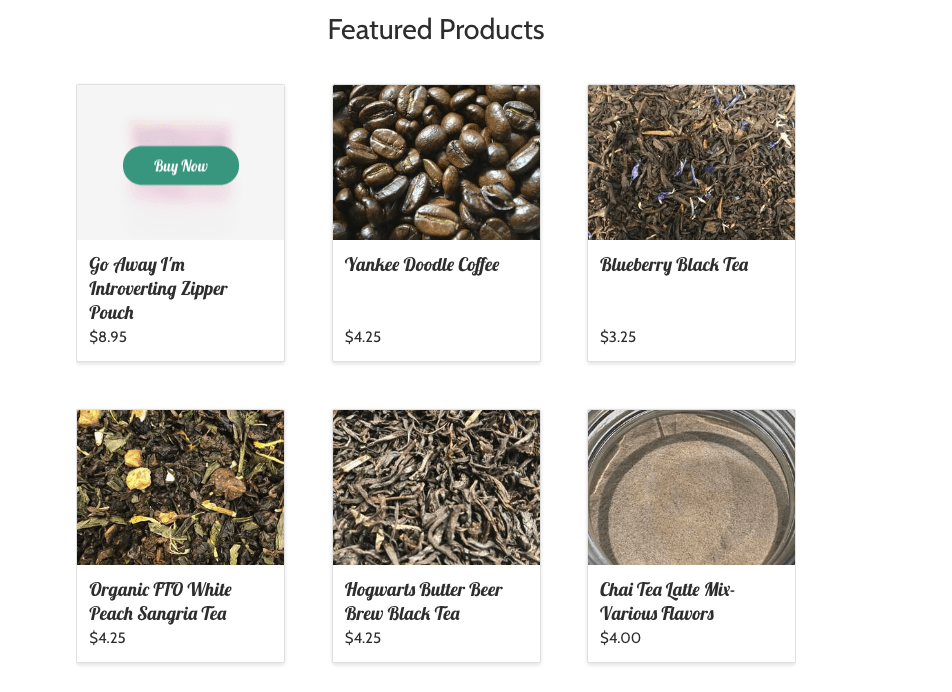With so many people shopping online, eCommerce is more important for small businesses than ever. Last year, consumers spent
$861.12 billion online in the U.S. alone, up 44.0% from 2019. And after the pandemic, eCommerce will continue to grow
exponentially.
When designing an eCommerce site for your clients, you want a solution that’s simple to use, provides a secure, robust shopping cart and delivers a feature-rich user experience.
Other top-of-mind considerations include:
- 76% of consumers say the most important feature of a website is a design that allows them to find what they need.
An estimated
73% of ecommerce sales will occur on a mobile device by the end of 2021.- 62% of consumers watch video reviews of products pre-purchase.
In this post, we’ll take a quick look at the essential elements of a successful online store, and check out 10 awesome examples of eCommerce websites built on Duda.
Essential Elements of a Successful ecommerce website
First, the obvious: any eCommerce site must have a mobile-friendly design and navigation. This is, of course, the case with all websites, but it is especially important if you expect customers to make it all the way through a small business’s checkout flow.
From there, some other essential elements include:
Built-in security — If customers are entering their payment information, they need to feel secure in doing so. An eCommerce site has to be kept secure with rigorously tested backend security tools and HTTPS encryption.- Robust shopping cart
— Customers expect to be able to easily add items and even close the browser and return to their shopping cart later.
- Multiple payment options — Consumers want the option to pay through PayPal, credit cards and more.
- High-quality photos, videos, and descriptions — Make it easy for customers to hit the “buy” button by providing enticing photos and info, and where possible, videos.
- Detailed shipping and return FAQs — The last thing customers want to do is enter all their information only to find out that shipping costs are unexpectedly high or the delivery speed is too slow, so deliver this information early in the checkout flow.
- Ratings, reviews, and other social proof — We all want to see testimonials and proof of quality when we buy online. Small businesses should absolutely include these elements prominently, especially on
product pages.
If you work with a website builder like Duda, many of the above elements are included automatically in the online stores you create.
Additionally,
Duda’s eCommerce solution boasts:
- The ability to include coupons and gift cards
- Abandoned cart emails
- Delivery and pickup scheduler
- 40+ payment providers
- Automatic tax calculation
- And more
Examples of Duda eCommerce Sites
Let's look at some stellar examples of eCommerce websites built on Duda.
Sunday Market Flowers, built on Duda by
Fitz Designz, is a standout eCommerce site because it incorporates best practices with pizzazz. The site is mobile-friendly and easy to navigate.
The site is beautiful and uses great photos and detailed descriptions. The shopping cart options make it super simple to purchase an arrangement, add a personal message, and schedule a delivery date.
All in all, if you live in the Sonoma County area of California, the site provides many compelling reasons to order from Sunday Market Flowers.
The Mia website is a great example of eCommerce in action. The site, designed by
Koo Janzen/Island Web Design, uses high-quality photos that provide a detailed look at the products, along with compelling descriptions. The clean design employed throughout the site is also ideal for moving customers through the buyer’s journey.
When you think of eCommerce, you likely don’t think about home heating fuels, but you might after you take a look at this website. Ramsay Fuels’s site was built on Duda by
North Down Media to allow customers to easily arrange delivery of various heating fuels right to their home.
The site itself stands out for being secure, fast, and easy to navigate. It boasts the Duda shopping cart that’s quick and easy to use, with various shipping/delivery options and multiple payment options.
All in all, this site is fully ideal for consumers shopping online, which means it works well for Ramsay Fuels too.
Toners2Cash in Ireland is targeted to large corporations and small businesses alike and makes the shopping cart and check out experience feel seamless. This company sells cleaning products and office supplies. Built by
KW Solutions, the site makes it easy to order supplies, as well as get cash for unused toner cartridges.
In addition to being fast, easy to navigate, secure, and mobile-friendly, the site also includes social proof — a good way to boost conversions.
This Australian company provides active wear and workout accessories. Created by
Mark Anderson Design, the site has outstanding images and detailed product descriptions, as well as all of the other essential elements that make for a smooth online shopping experience.
You might not think that the trainers of health professionals in the use of musculoskeletal ultrasound need an eCommerce site, but MSK Masters proves otherwise. MSK Masters’s site was built by
Weblink Agency in order to make it easy for practitioners, such as physical therapists, to learn essential skills for musculoskeletal ultrasounds. The site makes it clear that the benefits to the health professional are improved diagnoses and outcomes.
MSK Masters offers several high-definition training videos for health professionals that are easy to purchase online, as well as onsite training, textbooks, and exam preparation.
The site also includes testimonials, high-quality videos, a blog, and more — all meant to help with education and customer conversions.
Designed by the agency
Beardfish, the site for Study Like a Boss features a professional, captivating design, testimonials and other social proof, clear benefits of the products and services to customers, and more.
Take a look at this very creative use of Duda’s eCommerce solution.
Empower Nutrition delivers healthy, delicious fresh meals right to customers’ homes, and also offers supplements and other nutrient-dense foods. Built using Duda’s eCommerce tools by
Randle Media LLC, it features beautiful photography of the meals and shakes, detailed descriptions and more.
Just take a look to rev up your appetite and kick your creativity into a higher gear.
This specialty gift shop features a variety of local, handmade pet-themed gifts, loose coffee, loose tea, accessories, and more. In addition to three markets in Pennsylvania, Indulge Lititz offers 24/7 online shopping. Its eCommerce site was built on Duda by
Sovo Web. That makes it fast, mobile-friendly, and secure. Be sure to take a look for website design inspiration… or if you need a thoughtful gift for a loved one or friend.
Sports Obsession caters to sports fans interested in good prices on officially licensed merchandise from their favorite pro or college sports teams. Built by
Denver Crowd, the site’s online store is, of course, secure, fast, mobile-friendly, and easy to use.
The site also includes a useful About page that provides more shopping confidence, FAQs, and clear shipping and returns policies — all important elements for conversions.
summing up
As a website designer, you need an easy-to-use eCommerce solution that allows you to get the job done quickly, while also providing your clients with a secure site that converts. You’ll find that in Duda.
Regardless of what platform you’re using, be sure to incorporate the best practices for eCommerce sites to ensure that your website designs increase conversions for your clients.
Want your work featured on our blog?
Submit your Duda websites today and they may be featured in future posts just like this one!




